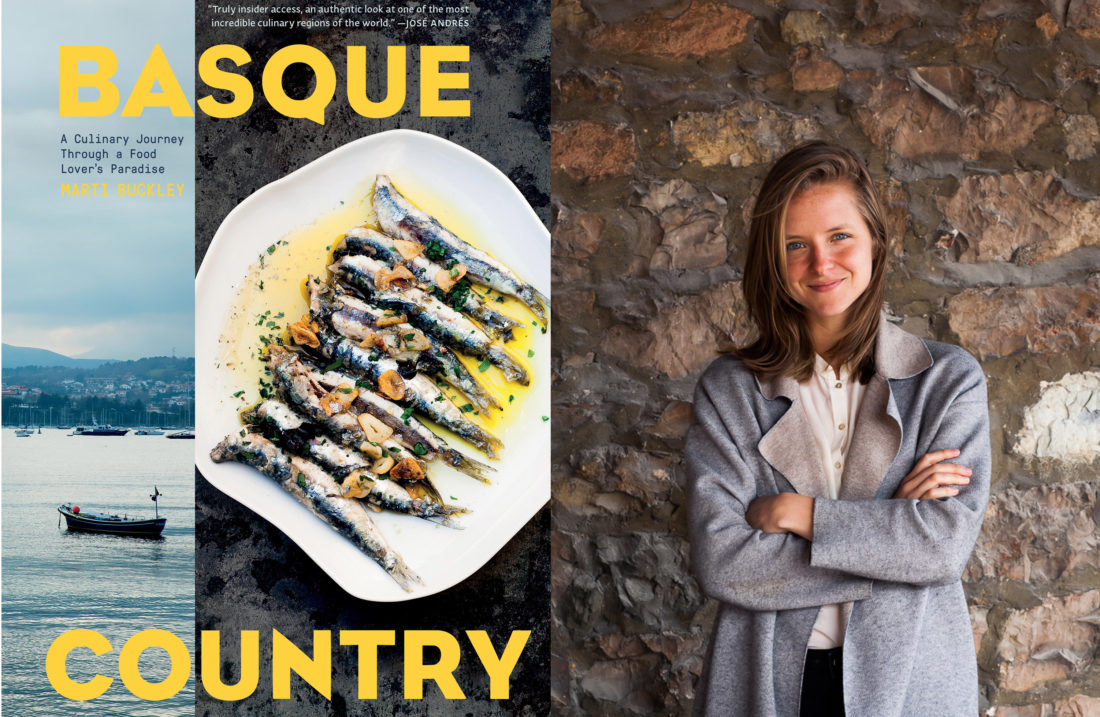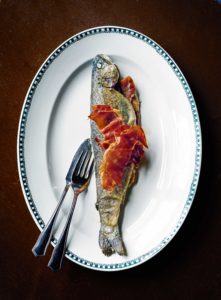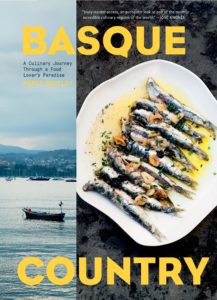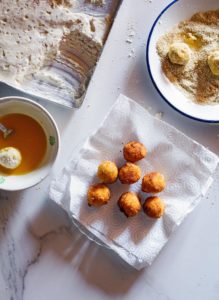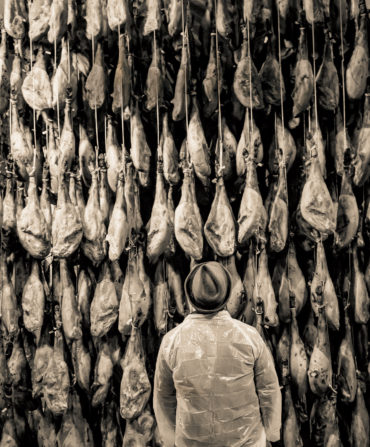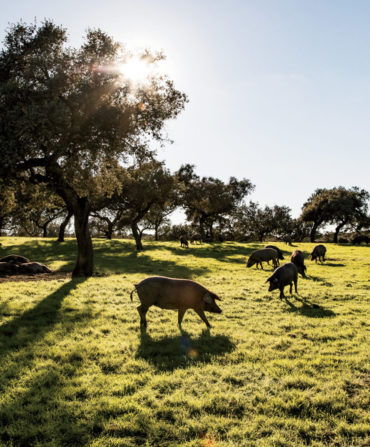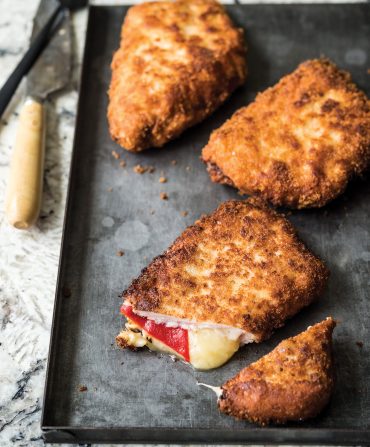Birmingham native Marti Buckley left her job at the legendary Alabama chef Frank Stitt’s Bottega restaurant to travel to San Sebastián, Spain, in 2010, intending only to stay for a year. “Now that’s stretched into eight,” she says. “My immediate reaction as a writer and cook was—how are there not more books about the culture here?”
Buckley’s new cookbook, Basque Country: A Culinary Journey Through a Food Lover’s Paradise, aims to remedy that omission. It’s part cultural history and part recipe revelation; readers might think of it as kin to Ronni Lundy’s beloved 2016 cookbook Victuals, which helped bring the often-overlooked cuisine of Appalachia to light. Basque Country straddles the Atlantic coasts of Spain and France, but remains culturally distinct from both. “You have the coast, but a lot of Basque Country is these steep, craggy mountains,” Buckley says. “The people have been very secluded and protective of their culture. But once you crack that closed-off vibe, you find out they’re so friendly and proud of their food.”
Basque cuisine focuses more on reducing ingredients to their essence than complicating them with multiple layers of flavor. Over nearly a decade living in San Sebastián, Buckley gathered tales and recipes from all seven Basque provinces—cooking alongside grandfathers and learning how to season with a light hand. “This is good, simple food. The Basque don’t dress up their dishes with much spice,” she says. “Instead, the locals focus on getting the flavor of the chicken, fish, or produce to shine through because they have some of the best ingredients on the planet.” Any Southerner will relate: the best meals are unfussy and seasoned with tradition.
Here, Buckley shares three recipes that connect her native South to her adopted Basque home.


